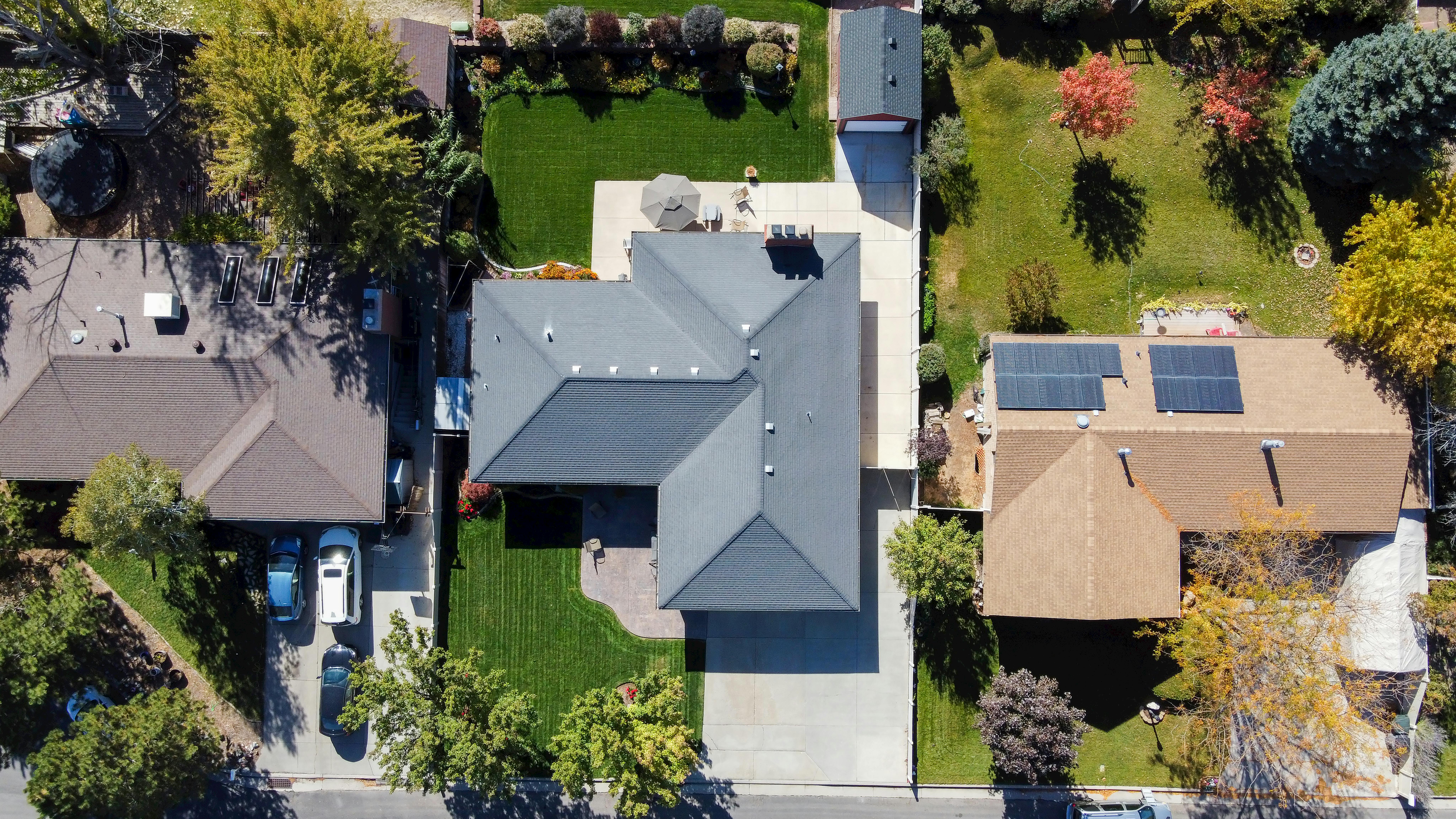
Building a Church: What Can You Afford?
Every time a church begins to think about expanding its facilities, a formidable battle between two giants is bound to ensue: needs Y means. The Titan means he must be the eventual winner of this contest if the church is to successfully build new facilities. Therefore, if the church must borrow money to complete the facility they envision, it is important in the early planning stages of any project to examine the church’s finances and assets (its resources), from a lender’s perspective.
Lenders deal in hard numbers and have developed underwriting standards to manage the risk of the loans they make. The lending industry is undergoing change, so just because you talked to your banker two years ago and it didn’t seem feasible for you to build at the time, don’t despair. Capital is available to churches for well-conceived projects. In fact, recently, interest rates have dropped and loan repayment terms have expanded, creating favorable conditions for churches seeking financing to expand their facilities and grow their ministries. There are lenders who specialize in church financing and who understand the unique finances and operations of churches.
While qualifying procedures and formulas will vary from lender to lender, here are some guidelines:
Loan to asset value ratio: Most lenders will lend between 70% and 80% of the appraised value of the completed project, including existing land and improvements. The new loan amount generally includes payment of any existing debt. For example, let’s say you currently pay $4,000 per month for your land and you still owe $200,000. New building and site development costs are budgeted (and evaluated) at $2,000,000. His land is valued at $400,000. Therefore, the total assessed value is $2,400,000. The bank is willing to lend 80% of $2,400,000, which is $1,920,000. From this loan, the bank will pay off the land balance of $200,000, leaving $1,720,000 to cover construction costs. In our example, the construction budget is $2,000,000, which means the church needs a down payment of $2,000,000 – $1,720,000 = $280,000. The church no longer pays $4,000 per month for the land, so that these funds can now be used to pay off the new mortgage. Let’s say the loan amount is $1,920,000 at 6% over 25 years = $12,370 per month – $4,000 = $8,370 per month additional mortgage payment for land and buildings.
Amortization: Church loans can be amortized over a period of 15 to 30 years. Amortization is the calculated number of equal monthly payments needed to pay off the loan within a given period of time. For example, a $2 million loan, if amortized over 20 years at 6% interest, would require 240 equal monthly payments of $14,389. The same loan amortized over 30 years would require 360 payments of $11,991. Using a longer repayment term allows the church to borrow more money for the same monthly payment. In this example, if the church can pay $14,389 per month, it has the option of borrowing $2 million and paying it back over 20 years, or the church could decide to borrow $2,400,000 and paying it back over 30 years.
Loan amount to gross income ratio: Lenders like the ratio to be less than 3 to 1. So if the church wants to borrow $2,000,000, it should have gross receipts of about $670,000 per year.
Cash Flow must exceed the proposed new loan payment by 20%. In other words, the church should have a little money left over at the end of each month after paying the new monthly mortgage payment and all of its other expenses. Your cash flow would include your current monthly cash surplus, plus any payments that will no longer exist after the new loan is established. (For example, this could include current debt payments that will not exist after the new loan is made. The church may even expect reduced utility and maintenance costs in the new building.) garments obtained in a capital campaign that will be collected in the coming months.
The amount you can afford to build is a function of the loan amount you qualify for, plus any assets you can add to the loan amount. If the church is selling land or buildings, the principal from those sales can be combined with cash in savings accounts and expected cash from pledges to determine how much the church can spend on new facilities.